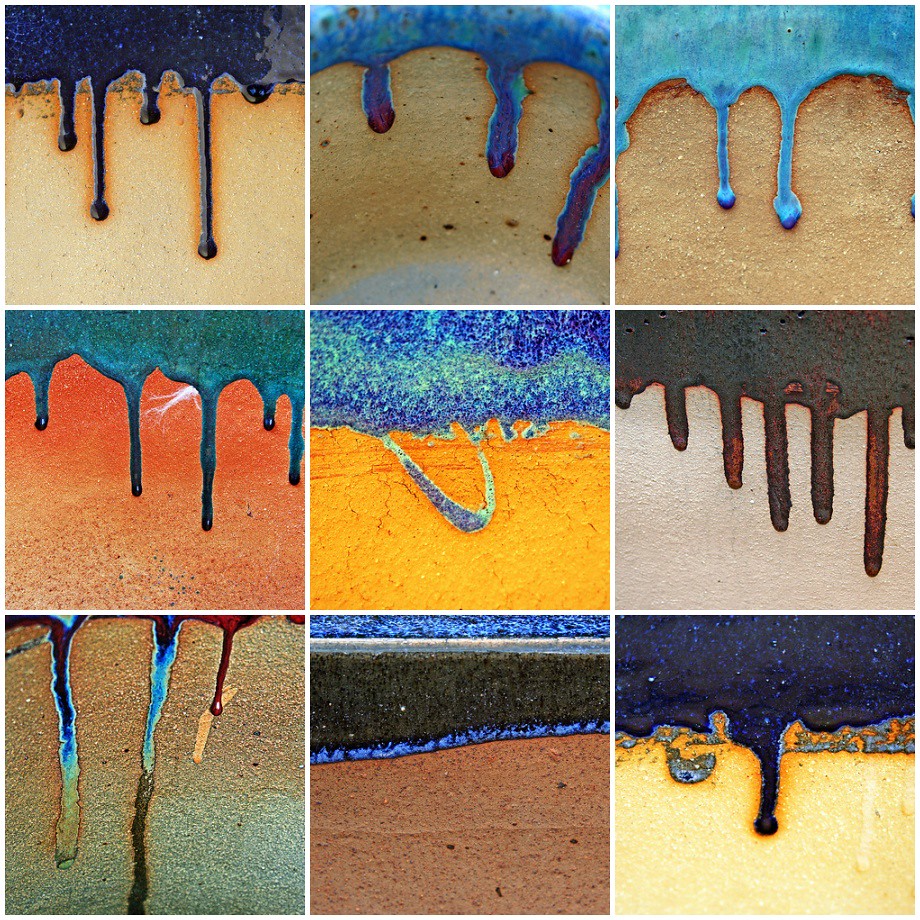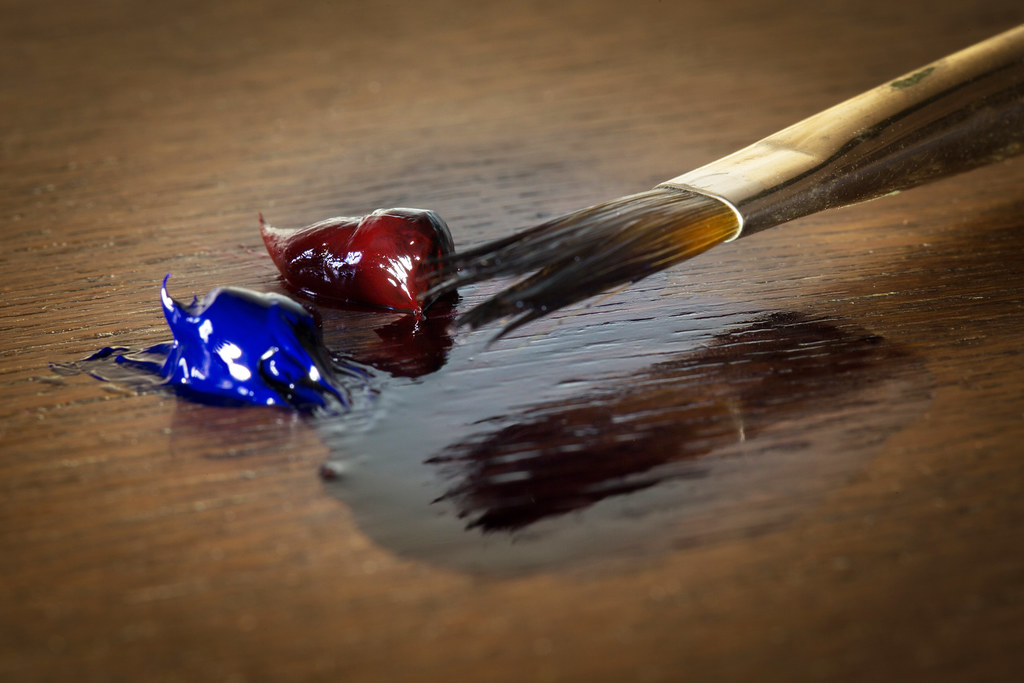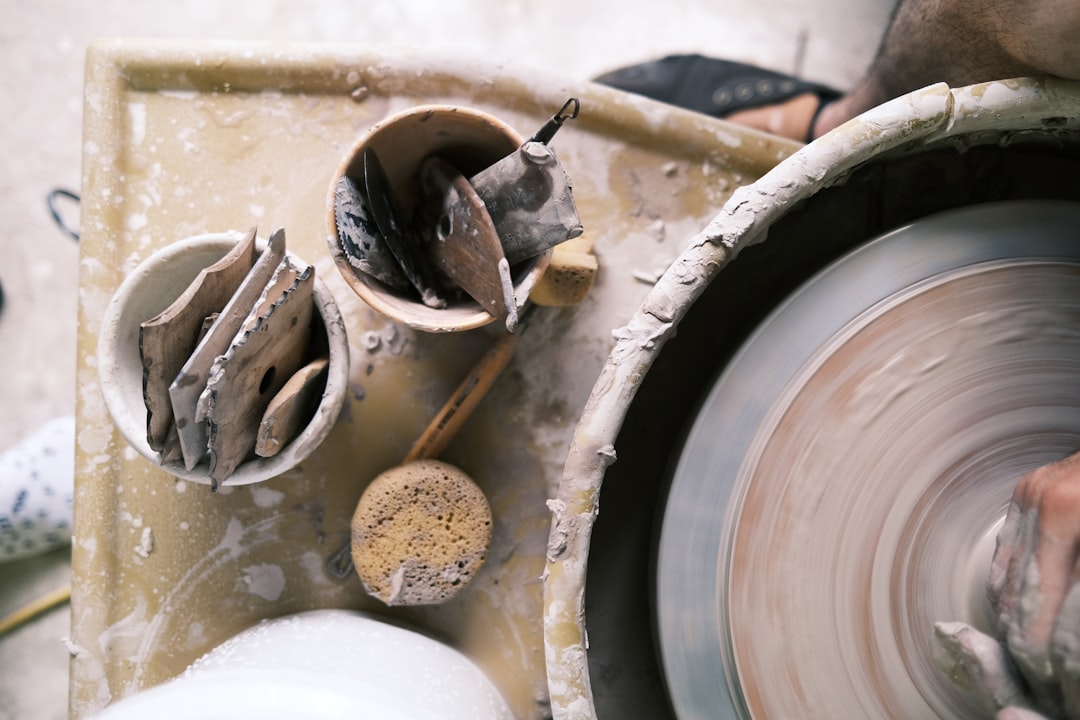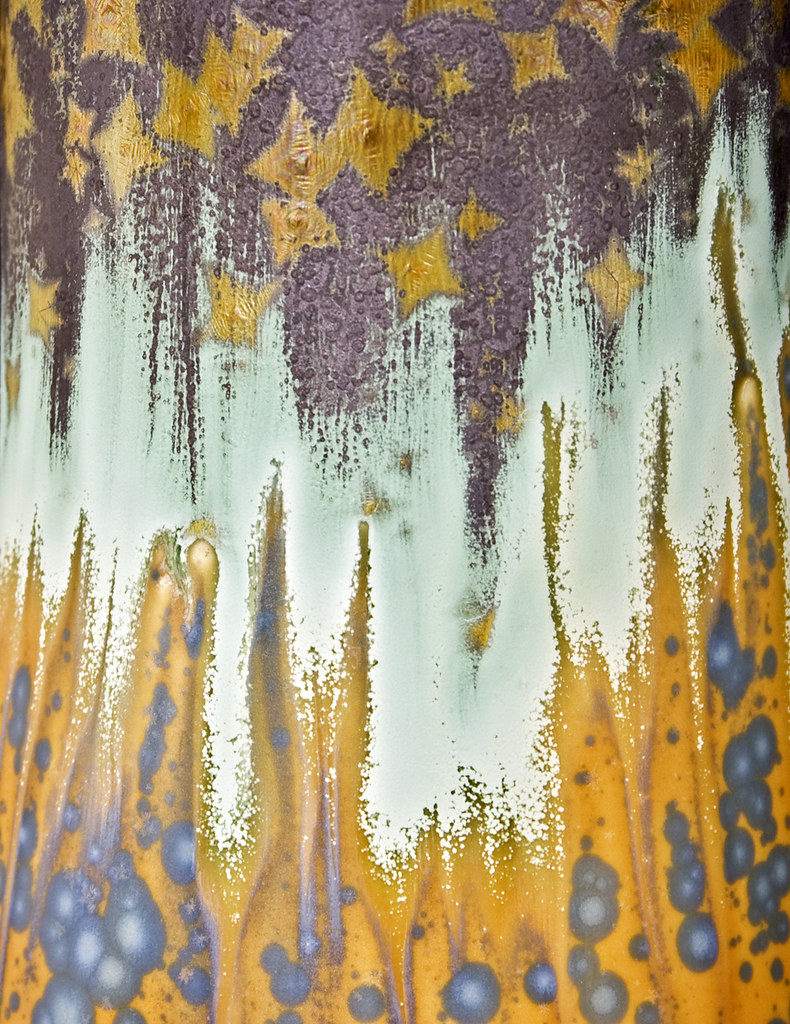Do you have to glaze pottery to complete your ceramic creations? While not mandatory, glazing pottery offers both aesthetic and functional benefits that enhance the final piece. Glazing seals the surface, adding a protective layer that can prevent porous clay from absorbing moisture and providing a smooth, attractive finish. Additionally, it allows artists to explore creative possibilities through various colors, textures, and effects achieved in the glazing process. Whether you are a beginner or a seasoned artisan, understanding the ins and outs of glazing can transform your pottery into a vibrant, durable work of art.

| Aspect | Aesthetic Benefits | Functional Benefits |
|---|---|---|
| Colors | Wide range of vibrant colors available | No significant impact |
| Textures | Variety of textural finishes | Smooth surface reduces wear |
| Surface Protection | Enhances visual appeal | Seals the surface preventing moisture absorption |
Unlocking Creativity Through Glazing
Glazing opens up a world of creative opportunities for potters, allowing them to truly personalize their pieces with a plethora of stylish designs. By experimenting with a mix of glaze colors, artists can create unique patterns and gradients, transforming plain pottery into stunning visual displays. Mixing glazes doesn’t just alter the color; it can also impact texture and shine, leading to an array of creative outcomes—from matte to gloss, crackle to surreal drip effects.

Practical Considerations of Glazing
Beyond the artistic allure, the practicality of glazing shouldn’t be overlooked. Primarily, a glaze acts as a barrier, making pottery more durable and resistant to scratches and stains. This is crucial for functional pieces like dishes or planters, where daily use could otherwise lead to wear and tear. Glazes also address the issue of porosity. Without a glaze, clay tends to absorb water, which can lead to damage over time. Sealing your pottery with a glaze helps to protect it from moisture and makes clean-up a breeze—an especially appreciated benefit in the kitchen setting.

Choosing the Right Glaze
Selecting the right glaze can feel overwhelming given the multitude of options, but keeping a few key factors in mind can simplify the process. First, consider the firing temperature that your clay body can handle, as not all glazes are compatible with all temperature ranges. Next, think about the end use of your pottery. Functional items require food-safe glazes, while decorative pieces provide more freedom in selection. Finally, think about your aesthetic goals—whether you want something traditional and understated or bold and contemporary will guide your glaze choice.

- Check glaze compatibility with your clay body
- Consider if the glaze is food-safe for functional ware
- Determine the desired aesthetic to match glaze choice
Embracing the Unpredictable Nature
One of the most charming aspects of the glaze process is its unpredictability. Even with meticulous planning, firing can bring unexpected—and often delightful—results. Many potters embrace these surprises, seeing them as a natural part of the creative process. Each piece of pottery becomes a unique combination of skill, intention, and kiln magic.

The beauty of glazing lies not only in its practical uses or aesthetic transformations but in these small unpredictable joys that contribute to one-of-a-kind artwork. What special surprises have you encountered during your glazing adventures? Share your experiences and join the creative conversation in the comments!
For more interesting topics, check out our recent articles.
Stop Glazing Your Pottery
Building on the discussion about whether glazing is necessary for completing ceramic creations, the YouTube video “Stop Glazing Your Pottery” by Andy Ward’s Ancient Pottery offers valuable insights. In this video, Andy explains that while glaze provides both aesthetic and protective benefits, it is not the only method to finish pottery, challenging the common misconception that glazing is essential.
Can you use pottery without glaze?
Yes, it’s completely possible to use unglazed pottery. In most cases, you won’t encounter any issues unless the piece is heavily scratched, which could remove some underglaze. Otherwise, using unglazed pottery for decorative or functional purposes is perfectly fine.
Is unglazed pottery safe?
For mid-range stoneware or high-fire clays, the firing process causes enough vitrification to create a naturally water-resistant surface, which is typically safe for food use. However, if a certain glaze is involved, be aware that it may become soluble in contact with acidic or alkaline foods, so always confirm its food safety.
Can you leave pottery unglazed?
Absolutely. Pottery can remain unglazed and still be food safe if you use mid- or high-fire clays like stoneware or porcelain, fired to the recommended temperature. This ensures a dense, waterproof surface that holds up well to everyday use.
How to seal pottery at home without glaze?
For air-dry clays or pieces you wish to keep unglazed, applying a polyurethane or acrylic sealer provides a reliable, water-resistant finish. This extra layer helps protect against moisture, yellowing, and daily wear, making your pottery more durable over time.
In the end, whether or not to glaze your pottery really comes down to the look and functionality you desire for your pieces. If you prefer the natural, earthy feel of raw clay, leaving your work unglazed can showcase the true beauty of the material. However, if you’re aiming for vibrant colors, a smooth finish, or added durability, glazing is definitely worth considering. Experimenting with both approaches can help you discover what best fits your artistic vision.
Stay Connected and Keep Creating!
I hope this helps you make an informed decision about glazing your pottery. Whether you're a seasoned ceramicist or just starting out, there's always something new to learn and explore. Be sure to follow us on Instagram for more tips, inspiration, and behind-the-scenes looks at our latest projects. Happy crafting!
